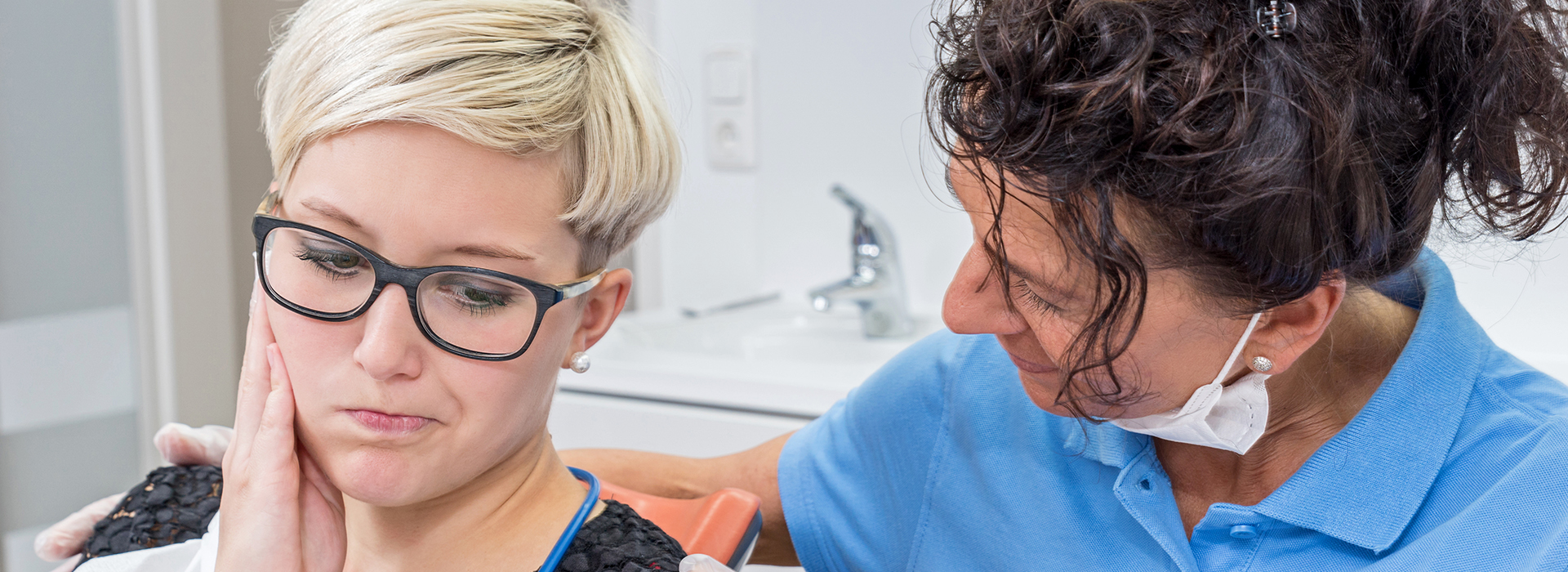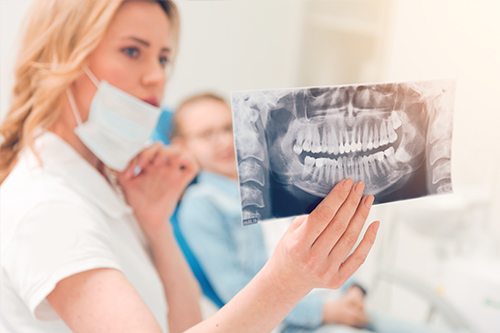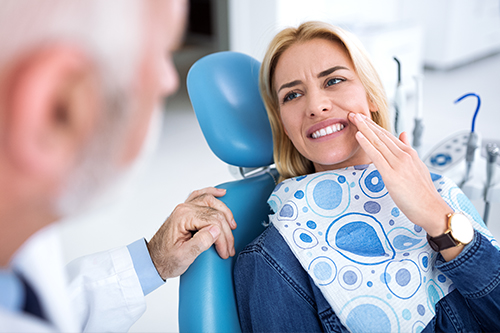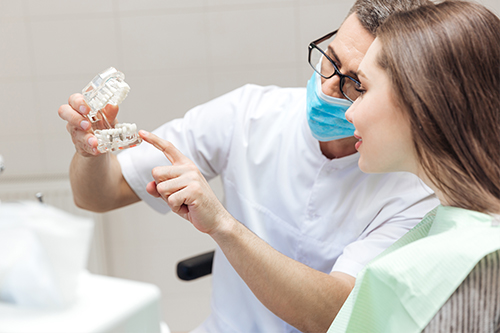When Every Minute Counts: How to Recognize a True Dental Emergency
Dental problems run a wide spectrum — from minor annoyances to urgent issues that require immediate attention. A true dental emergency often involves intense pain, uncontrolled bleeding, sudden swelling, or trauma that affects breathing or swallowing. If you or a family member experience these red-flag symptoms, prompt evaluation by a dental professional is important to protect both comfort and long-term oral health.
Not all painful teeth are emergencies, but the context matters. A short-lived twinge while eating may be managed conservatively at home, whereas a persistent, throbbing ache that wakes you from sleep, a visible broken tooth with sharp edges, or an abscess-related swelling are clear signs that timely care is warranted. Recognizing the difference helps patients get the right level of care quickly.
Being prepared means knowing what to watch for: severe or progressive pain, signs of infection (fever, facial swelling, or a bad taste in the mouth), loose teeth after trauma, and sudden loss of a restoration such as a crown or filling. When in doubt, seeking an urgent dental assessment can prevent complications and often makes treatment less invasive.
Our Approach to Rapid Assessment and Comfort-Focused Care
When patients arrive with urgent concerns, the first priority is a focused, calm assessment to identify immediate risks and to relieve pain. This typically includes a targeted clinical exam and imaging as needed — our practice uses modern diagnostics to pinpoint the problem quickly and accurately. A clear diagnosis in the early stages guides efficient treatment and helps avoid unnecessary procedures.
Pain control and infection management are central to emergency visits. Depending on the situation, we may use local anesthesia, prescribe appropriate medications, or provide temporary measures to stabilize the mouth until definitive care can be completed. Throughout the process, our team emphasizes comfort and clear communication so patients understand the plan and what to expect next.
Every step is designed to protect natural tooth structure whenever possible. When preservation isn’t viable, we focus on predictable, evidence-based solutions that restore function and appearance. With an emphasis on gentle, patient-centered care, the office of Elegant Dental Arts treats urgent dental needs with both technical skill and compassion.
Conditions We Commonly Manage in an Urgent Setting
Dental emergencies can stem from decay, trauma, infection, or failing restorations. Common urgent conditions include severe toothaches caused by deep decay or an inflamed nerve, fractured or chipped teeth after an injury, and tooth displacement or avulsion following a blow to the mouth. Hard-to-ignore symptoms such as swelling, persistent bleeding, or sudden changes in bite also require prompt attention.
- Acute tooth pain and dental abscesses
- Chipped, cracked, or fractured teeth
- Lost or broken fillings and crowns
- Dislodged or damaged dentures and appliances
- Problematic eruption or infection of wisdom teeth
- Swelling, bleeding, or suspicious oral lesions
Each of these problems has a range of treatment options depending on severity. Early intervention can often turn a potentially destructive process into a manageable one — reducing the need for extraction and improving the chances of long-term restoration and comfort.
Treatments You Can Expect: Short-Term Stabilization to Lasting Solutions
Emergency dental care begins with stabilization: controlling pain and infection, smoothing sharp edges, and temporarily restoring form so you can eat and speak without discomfort. For example, a lost filling or a fractured cusp can be repaired with a filling or bonding material to protect the tooth while a definitive restoration is planned.
When the tooth’s pulp is affected, root canal therapy is a common next step to remove infection and preserve the natural tooth. In other situations, a full-coverage crown may be recommended to rebuild strength after a fracture. If a tooth cannot be saved, extraction followed by a restorative plan — such as an implant, bridge, or removable prosthesis — will be discussed with an emphasis on predictable, durable outcomes.
Our goal is to present clear, evidence-based options so patients can make informed decisions about their long-term oral health. Treatment recommendations balance short-term relief with strategies that restore function and esthetics, ensuring that emergency care transitions smoothly into comprehensive follow-up when needed.
What You Can Do Right Now: Practical First-Aid and Next Steps
Immediate steps at the onset of a dental emergency can reduce pain and protect vulnerable tissues. Rinse gently with warm water to cleanse the area, use a cold compress on the cheek to limit swelling, and apply gentle pressure with clean gauze to control bleeding. Avoid placing aspirin or other medications directly on the gums or tooth surface, as that can irritate soft tissues.
If a tooth has been knocked out, quick action can make a big difference: handle the tooth by the crown (avoid touching the root), rinse it briefly if dirty, and keep it moist—either held in the cheek (if the patient is conscious and able) or stored in milk or a suitable saline solution—while you arrange urgent dental care. Do not scrub the root or use harsh chemicals.
After basic first-aid, arrange for a prompt evaluation so the cause of the emergency can be addressed definitively. Early assessment reduces the likelihood of complications, shortens recovery, and often expands the options available for preserving natural teeth. For residents of Freehold, NJ and nearby communities, timely treatment from an experienced dental team helps restore comfort and protect long-term oral health.
In summary, dental emergencies require a pragmatic, timely response that addresses pain, controls infection, and preserves oral function. Our team emphasizes rapid assessment, patient comfort, and restorative options that lead to lasting results. If you’re facing an urgent dental problem or have questions about emergency care, please contact us for more information and guidance.








